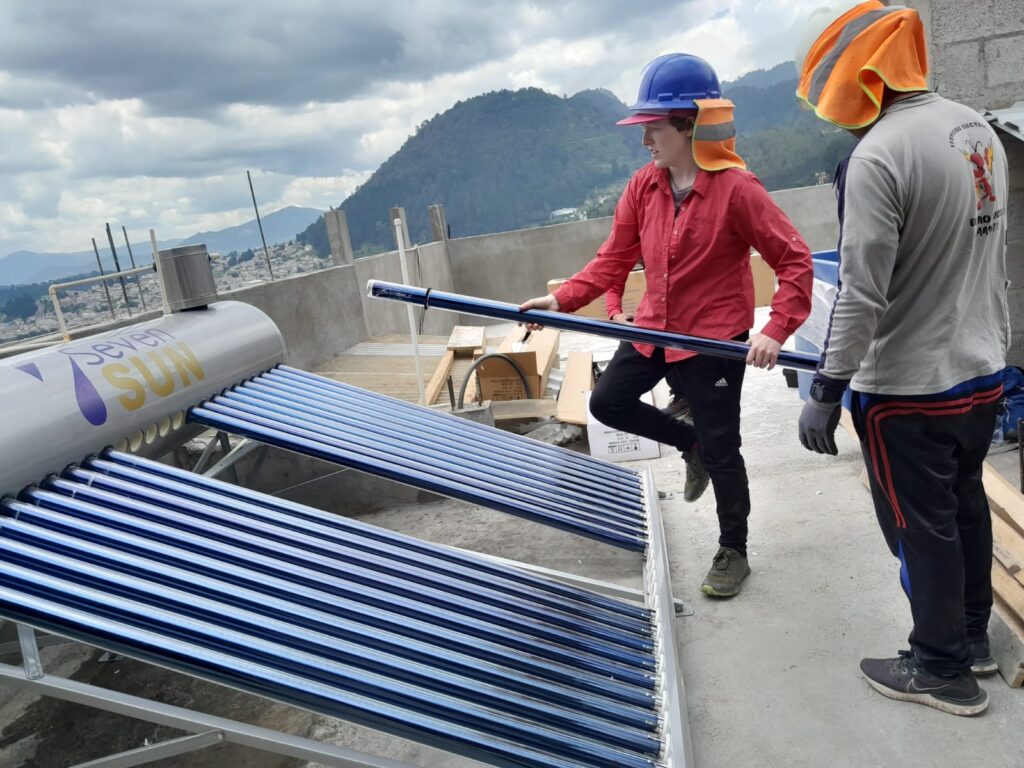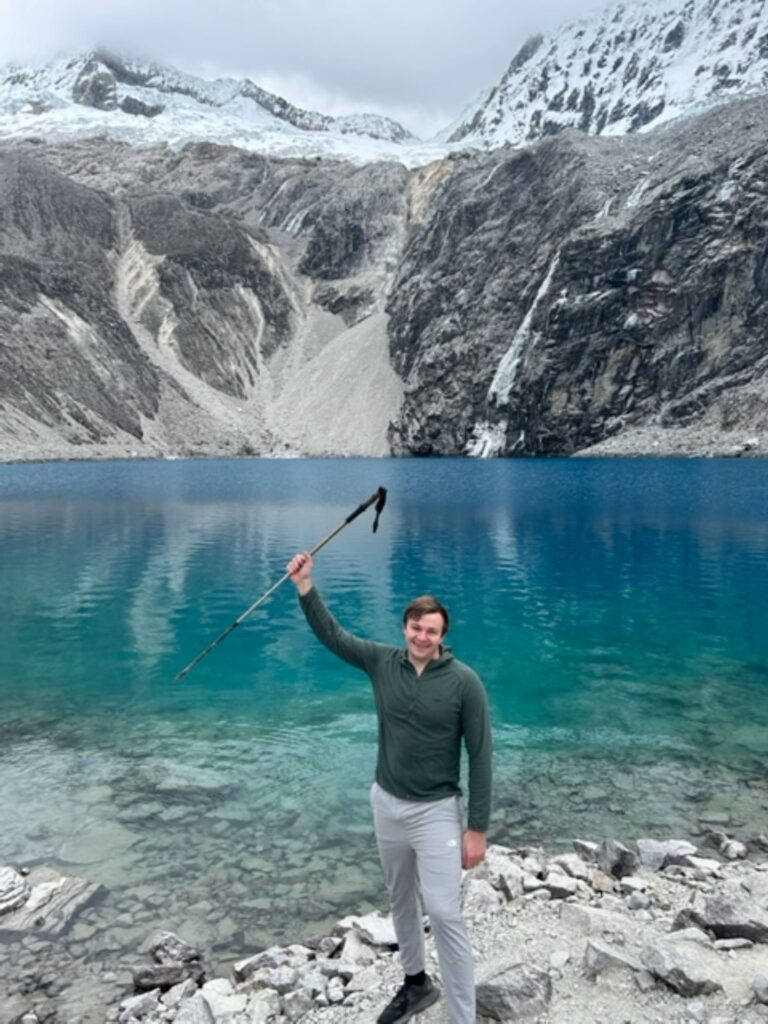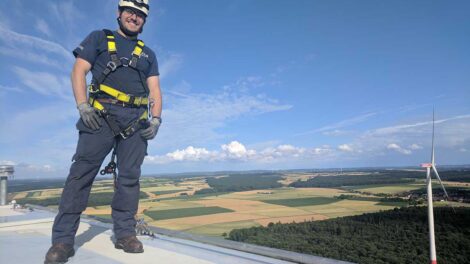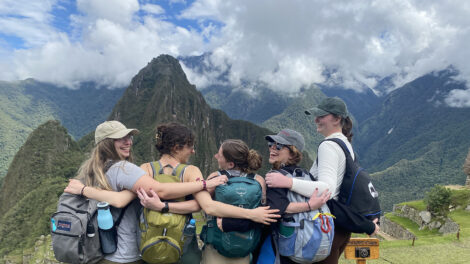Describe your travels last summer, and why and how you chose that destination.
I traveled to Quetzaltenango, Guatemala. It is also known as Xela. It’s the second largest city in Guatemala after Guatemala City. I spent eight weeks there in June and July.
During the summer between my junior and senior year, I designed my own study abroad experience to fill the engineering and international studies dual degree requirement. I was awarded a $5,000 stipend from the Bergh Family Fellows program, and it was important to me to not spend this on an American-run study abroad experience where I would be surrounded by other English speakers.
In order to build an authentic immersion experience where I could also pursue my engineering passions, I searched for a Spanish-speaking city in Latin America that had solar energy companies and host-stay opportunities. After sending many cold emails and WhatsApp messages, I was able to find a company called Enérgica Solar in Quetzaltenango, Guatemala, that was willing to offer me an unpaid internship installing solar water heaters with their installation techs for eight weeks over the summer. I also found a small, Maya-family-owned Spanish language school within walking distance. I lived with the family and took Spanish classes from them.
Why was this opportunity valuable to you and how did it help make your Lafayette experience unique?
I feel really grateful that I was able to have this experience and really proud that I was able to find both Centro Maya Xela and Enérgica Solar. They combined for the perfect experience that allowed me to push myself way out of my comfort zone for a deep language and cultural immersion experience. Outside of just the language acquisition aspect, I just generally became a better conversationalist since I was forced to talk to new people and get to know them as I was traveling solo. Leaning into this and asking lots and lots of questions allowed me to truly get the most out of living with a host family and working with the solar technicians, in terms of learning about cultural similarities and differences. I also learned to just say yes to everything, even if it was something I wouldn’t usually choose to do, because I always ended up getting something out of it and being glad that I went. It was also truly incredible to gain a deeper understanding of what it means to be Indigenous and to learn about the history, culture, and ways of life of the Maya people.
Even though it was really hard to be away from my wife, friends, and family for eight weeks, this was something that I would not have gotten the most out of if I were not doing it alone, and I’m really glad I did it. It’s something that’s going to stick with me for the rest of my life, and I think it has helped me evolve into a more confident and independent person.
Why is the Bergh Family Fellows program important to the engineering program and Lafayette in general?
It would have been extremely challenging, if not impossible, for me to find a paid internship in a Spanish-speaking country as no company is going to pay someone who is not fluent in Spanish, not to mention the visa implications that getting paid would have added. “I was able to use the Bergh funding to pay for my home stay, which included room, board, Spanish lessons, and most of the costs of my airfare. The Bergh Family Fellows program made it possible for me to live and work in Guatemala for eight weeks with only small personal expenses.”



